The use of jelly flooding (or gel filling) in submarine cables versus terrestrial cables presents some interesting differences due to their distinct environments and operational requirements. Let’s compare the two:
Submarine Cables:
Environmental Pressure:
- Submarine cables are subject to extreme hydrostatic pressures at great depths.
- The jelly compound in submarine cables must be specially formulated to withstand these pressures without being forced out of the cable or changing its properties.
Water Ingress Protection:
- The primary role of jelly in submarine cables is to prevent water ingress, which is critical in the underwater environment.
- The jelly compound must maintain its water-blocking properties even under high pressure and over long periods.
Temperature Stability:
- Submarine cables experience relatively stable, cool temperatures on the ocean floor.
- The jelly compound needs to maintain consistent properties in this cool, stable environment.
Repair Challenges:
- Repairing submarine cables is extremely costly and challenging.
- The jelly compound must allow for repairs when necessary, but the primary focus is on long-term reliability without maintenance.
Longevity:
- Submarine cables are expected to last for decades without replacement.
- The jelly compound must remain stable and effective for much longer periods compared to most terrestrial applications.
Terrestrial Cables:
Environmental Variability:
- Terrestrial cables face a wide range of environmental conditions, from extreme heat to cold, and varying humidity levels.
- The jelly compound must be able to perform effectively across this wide range of conditions.
- Moisture and
Humidity Protection:
- While water ingress is still a concern, terrestrial cables are more focused on protection from moisture and humidity rather than complete submersion.
- The jelly compound needs to prevent condensation and moisture accumulation within the cable.
Temperature Fluctuations:
- Terrestrial cables can experience significant temperature variations.
- The jelly compound must maintain its protective properties across these temperature changes without becoming too fluid in heat or too stiff in cold.
Accessibility for Maintenance:
- Terrestrial cables are generally more accessible for maintenance and repair.
- The jelly compound needs to allow for easier cleaning and re-sealing during maintenance operations.
Installation Flexibility:
- Terrestrial cables may need to be bent or flexed during installation.
- The jelly compound should allow for some flexibility without compromising the cable’s integrity.
Wildlife and Pest Protection:
- Terrestrial cables may need protection from rodents and other wildlife.
- Some jelly compounds are formulated with additives to deter animal damage.
UV Resistance:
- For aerial terrestrial cables, UV resistance is important.
- The jelly compound, in conjunction with the cable jacket, must maintain its properties when exposed to sunlight.
Fire Safety:
- Terrestrial cables, especially those used in buildings, often need to meet specific fire safety standards.
- The jelly compound may need to be formulated with fire-retardant properties.
Key Differences:
- Pressure Resistance: Submarine cables require much higher pressure resistance.
- Temperature Stability: Submarine cables operate in more stable temperatures, while terrestrial cables face wider fluctuations.
- Water Resistance: Submarine cables focus on complete water blocking, while terrestrial cables prioritize moisture and humidity protection.
- Maintenance Access: Terrestrial cables are generally more accessible for maintenance and repair.
- Lifespan Expectations: Submarine cables typically need to last longer without maintenance.
- Environmental Variability: Terrestrial cables face a wider range of environmental challenges.
These differences highlight why the jelly compounds and overall cable designs can vary significantly between submarine and terrestrial applications, even though both use the general principle of jelly flooding for protection. cable jelly TDS

This is Kamran Malekian working in the petroleum jelly manufacturing industry for Navid Noor Company since 2013 I am eager to make content in this industry and have a good impact on professional users and people using cosmetic and pharmaceutical products.
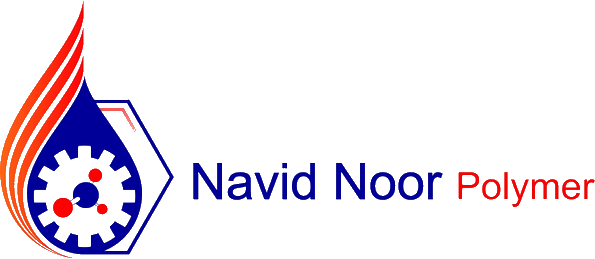
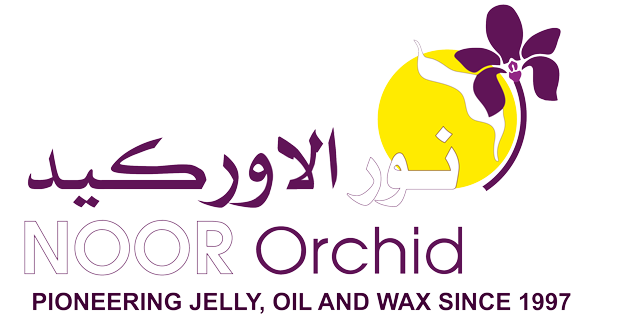





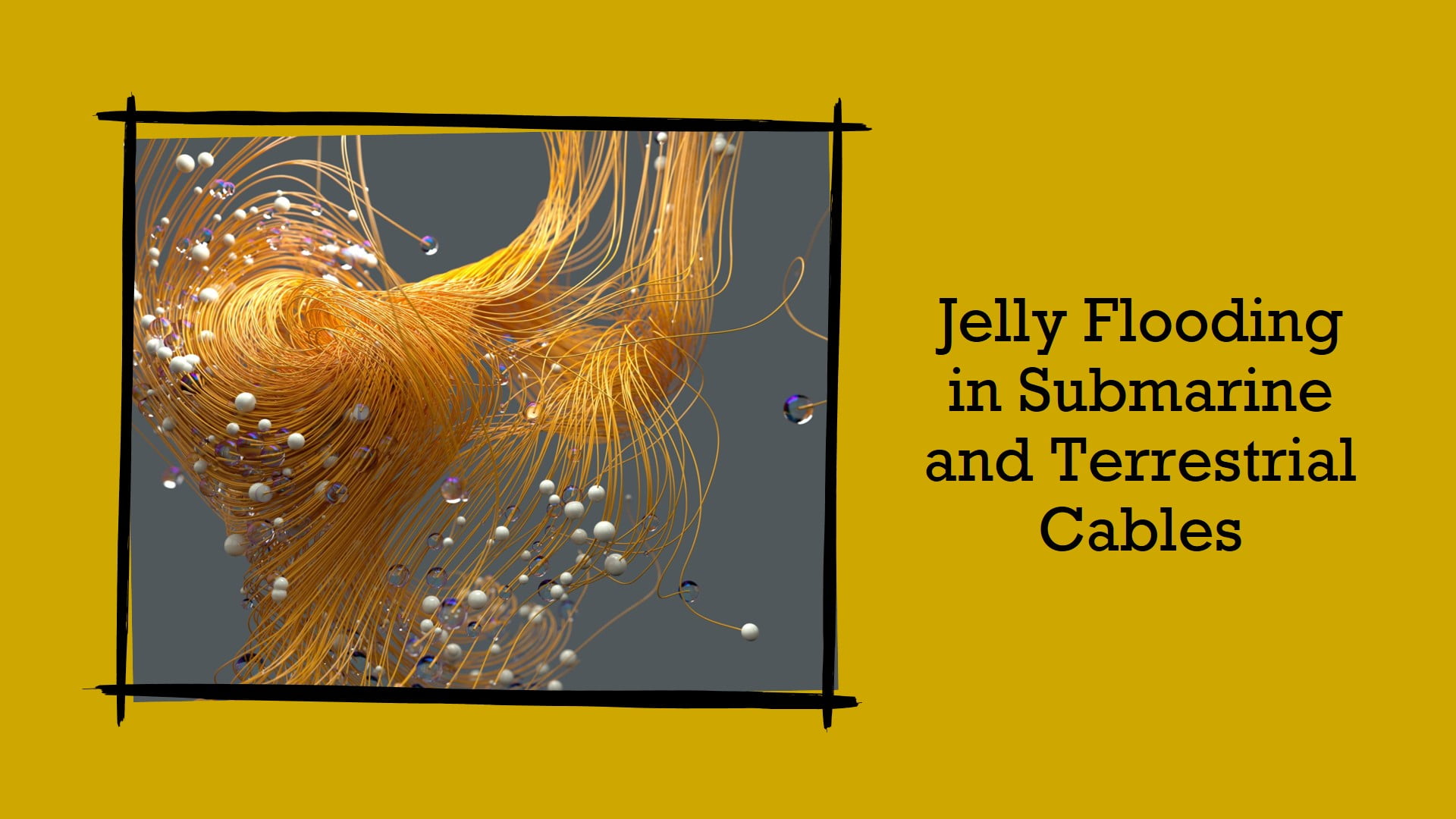
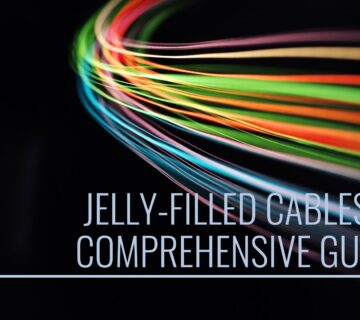
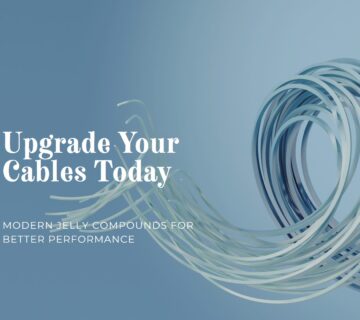
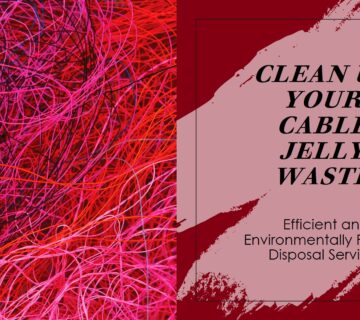
No comment